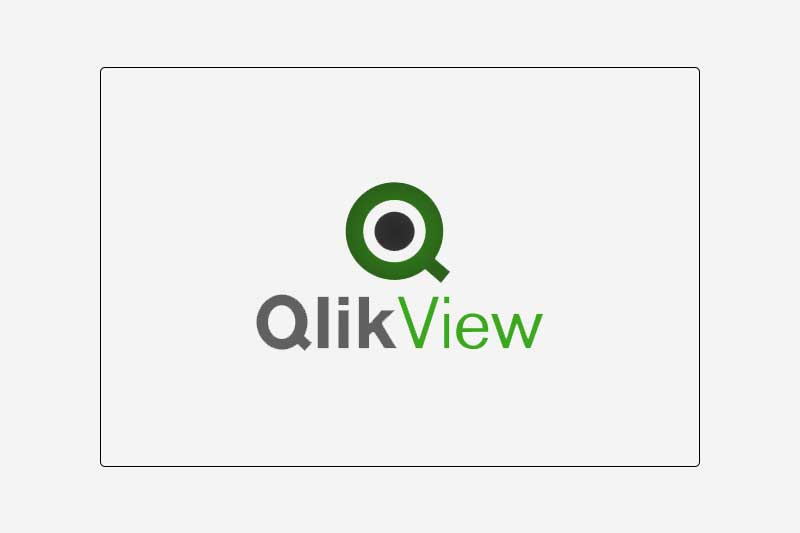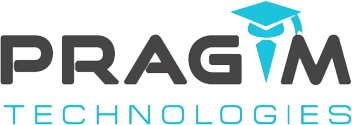QlikView

QlikView Training Course Content
Data Warehouse Basics and Concepts
Qlikview Introduction
- 1. What is Qlikview
- 2. Why Qlikview is most effective than other BI Tools
- 3. Qlikview Architecture
- 4. Qlikview Products
- 5. Desktop
- 6. Server
- 7. Publisher
- 8. Access Point
- 9. Qlikview Desktop Developer
- 10. QEMC
- 11. Qlikview Access Protocol
- 12. How data flows in Qlikview
Qlikview Developer Concepts
- 1. Qlikview Data Source And Scripting
- 2. Different Data Source Connections
- 3. Database Connection
- 4. Cross Table Load
- 5. Synthetic Keys And Table
- 6. Circular Reference
- 7. Different Types Of Loads
- 8. Generation Data In Qlikview Script
- 9. Full Load
- 10. Inline Load
- 11. Resident Load
- 12. Binary Load
- 13. Mapping Load
- 14. Incremental Load And etc ...
- 15. The Table Viewer
- 16. Different Types Of Fields
- 17. Variable Creation
- 18. LET And SET
- 19. Direct Discovery
- 20. ETL In Qlikview
- 21. Joins Types And Keeps Types
- 22. Mapping Tables
- 23. Concatenation Types
- 24. Master Calendar
- 25. Section Access
- 26. Data Model Optimization And Un Optimization
- 27. Look Up Functions
- 28. Data Model Challenges
- 29. String and Date and Number Functions etc…
Qlikview UI Designer Concepts
- 1. User Preferences
- 2. Document Properties
- 3. Sheet Properties
- 4. Qlikview Security
- 5. Variable
- 6. Sheet Objects
- a. List Box
- b. Statistic Box
- c. Multi Box
- d. Table Box
- e. Chart
- f. Input Box
- g. Current Selections Box
- h. Buttons
- i. Text Object
- j. Line/Arrow Object
- k. Slide/Calendar Object
- l. Bookmark Object
- m. Search Object
- n. Container
- o. Custom Object
- p. System Table
- 7. Set Analysis And Advance Set Analysis
- 8. Alternate State
Qlikview Latest Version Features
- QEMC
- 1. Overview
- 2. Deployment
- 3. Security
- 4. Authentication
- 5. Authorization
- 6. Distributions
- 7. Scheduling
- Others
- 1. Real Time Scenarios
- 2. Resume Preparation
- 3. Sample Resume
- 4. FAQs and Interview Preparation
